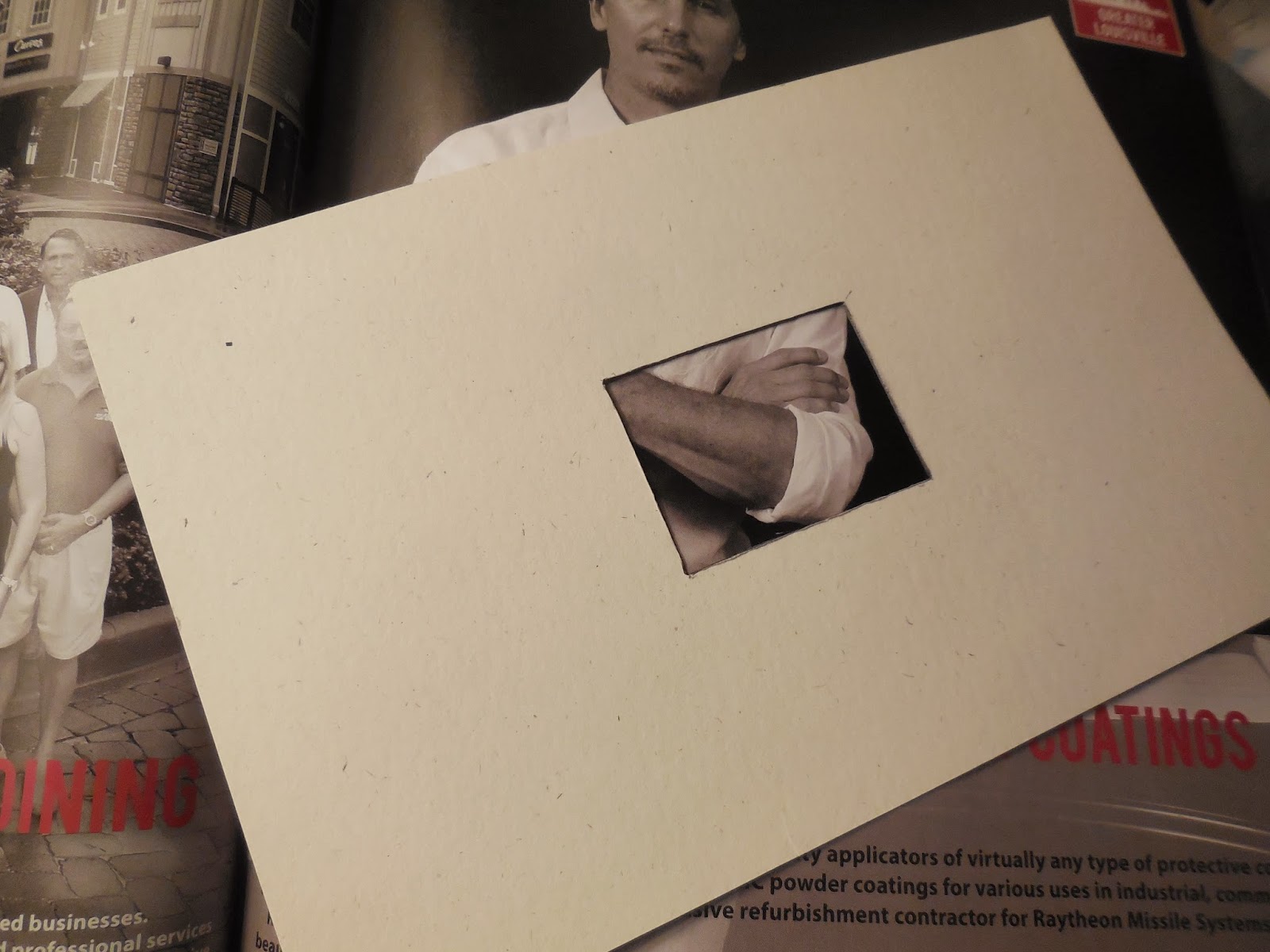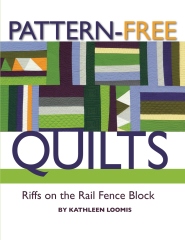Just home from Athens OH where I visited
the Dairy Barn for its current show, an exciting collection of work from most of the people who have served as Quilt National jurors over the 35 years of that exhibit. It was special because the participants were asked to send three pieces: one from their earliest work, one of their work at the time they were jurors, and one of their current work. And most of them actually sent exactly what was requested!
The too-clever title of the show, "quilt (R)evolution" is silly but accurate, because the quilts do clearly mark the evolution of the quilts-as-art genre. Several of the oldest ones are only a step or two away from traditional -- and Ann Johnston's 1979 piece could have easily been made in 1879.
I've been obsessively following Quilt Nationals via catalog since 1983 and in person for at least 20 years (can't remember exactly which one I first attended) so it's not a surprise to me that quilts-as-art started so close to its traditional roots and took a few years to escape the conventions. But it's fun to be reminded of how the famous names we're all familiar with started out, and how they got going in their own directions.
For instance, Joan Schulze started by making a big quilt that was the California winner in the big Good Housekeeping Quilts of America competition in 1976 -- I remember that, even though I wasn't much of a quilter at the time. After it was photographed for the book (I think I have the book, too) her quilt and others were destroyed in a warehouse fire but after a long period of grieving she decided to remake it. The design was original, with a batiked landscape in the center, but its wide border is composed of the traditional Road to California blocks (she did shock the viewers by making them in different colors to extend the landscape -- blue for the sky, brown for the earth).
Joan Schulze, California II, 1979
Subsequently Schulze developed her signature style of using images appropriated from the media in collage-like phototransferred and screenprinted compositions that remind me of Robert Rauschenberg.
Nancy Crow started with huge symmetrical quilts that were meticulously planned and intricately pieced from templates using commercial prints. Subsequently she found that improvisationally free-cutting shapes from hand-dyed fabrics and building her compositions gradually on the wall was a more satisfying approach.
on the catalog cover: Nancy Crow, March Study, 1979
Katie Pasquini Masopust's early quilt was a daring pentagon but executed in impeccably traditional craft from teeny calico prints. Subsequently she started incorporating easel-painted canvas into her quilt constructions.
Katie Pasquini Masopust, Heavens Reach, 1981
Other jurors went in different directions. Michael James, after years of strip-pieced curves, embraced digital photography cranked out on a huge-format printer. Yvonne Porcella started by making functional kimonos, then went flat (but kept her signature palette, brights with black-and-white). Jan Myers-Newbury started by hand-dying solid gradations, then discovered arashi shibori and never looked back.
Practically all of the early pieces were hand-quilted, but as the years progress most of them switched to the machine. Practically all the early ones were carefully pieced or appliqued with no raw edges, no messy craftsmanship of any kind, but as the years progress we see fusing, raw-edge applique, phototransfer, non-cloth materials and any number of experimental techniques emerge (for instance, Tim Harding's latest work is "quilted" with staples).
For those of us who have been tuned in to the quilts-as-art movement for a long time, the show is a great walk down memory lane. Fortunately all the pieces in the show still look fine (although Ann Johnston's, used on the bed for decades, has faded dramatically into the muted colors of vintage quilts). For those of us who aren't that familiar with the olden days of our little niche of the art world, the show will be an eye-opener: how far we've come in such a short time.
Unfortunately the catalog doesn't reproduce the artist notes that appear on the walls of the Dairy Barn. So, for instance, readers will probably think that Wendy Huhn's extravaganza of female fairies perched on irons is about the drudgery of housework, when it's really about a lethal disease that causes too much iron to build up in one's blood vessels and joints. (I know how easy it is to leap to that conclusion, because I eavesdropped on two young guys explaining to one another quite solemnly how women's work is never done, etc, before one of them thought to read the sign.)
The show remains up at the Dairy Barn through November 22 -- see it if you can!
























































